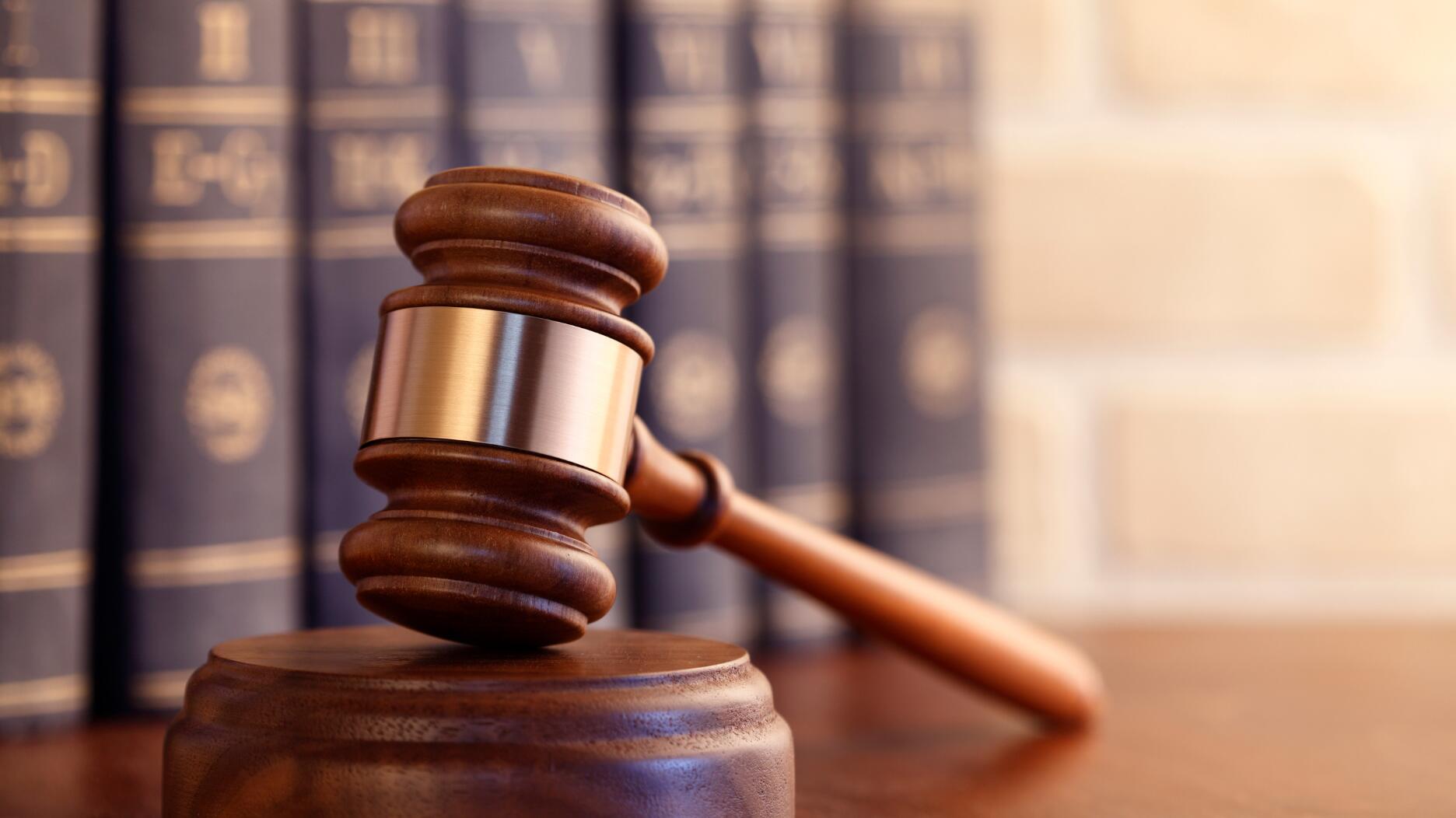Professional Gangs Sent Industry Dollar Losses Soaring in 2019
Overall, though, the number of crimes was essentially flat and for the first time in decades, no industry personnel were murdered while on the job.
According to the annual crime report for 2019 compiled by the Jewelers’ Security Alliance, dollar losses due to crimes against the industry totaled $101 million in 2019, up 89 percent from $53.4 million in 2018.
The last time annual industry losses topped $100 million was 2009, JSA statistics show.
Burglary losses were the biggest contributor to the jump, more than tripling from $11.6 million in 2018 to $40.5 million in 2019.
JSA President John J. Kennedy said a surge in the number of burglary gangs from South America, particularly from Chile, operating in the United States was the main driver behind the spike.
These crews are sophisticated.
They can disable entire electrical systems in jewelry stores—something jewelers were well aware of last year, as JSA sent out a number of alerts about jewelry stores having their power lines cut—knocking out both the alarms and the cameras.
Once inside stores, these gangs can also get into safes, enabling them to essential clean out a store’s entire inventory and make off with millions.
JSA’s report shows that the number of safe attack burglaries more than tripled, increasing from 13 in 2018 to 44 in 2019. The average loss from a safe attack burglary grew from $221,000 to $491,000.
“Most jewelers do not have adequate safes,” Kennedy noted. “The ratings [the safes] have are too low.”
He also pointed out that it doesn’t take a lot of gangs to drive up dollar losses in the jewelry, where the total number of crimes committed against the industry per year—in 2019, 1,438—is relatively low when compared with the overall scope of crime nationwide.
“We’re not talking about huge numbers compared with car thefts or commercial break-ins. You’re talking about a relatively small number of cases,” he said. “A small number of gangs can drive a big increase in dollar losses, and that’s what we had.”
While safe robberies and other high-dollar heists caused losses to soar last year, overall 2019 was not a particularly violent or unsafe year for the U.S. jewelry industry.
The number of crimes committed against the industry was essentially flat year-over-year, 1,441 in 2018 compared with 1,438 in 2019.
And JSA recorded zero homicides of jewelers, which is rare and hasn’t happened in decades.
JSA released its annual crime report for 2019 earlier this month.
Normally published in the fall, pulling it together this year was “particularly challenging” given the disruptions caused by COVID-19, Kennedy said.
JSA Senior Crime Analyst Ryan Ruddock and Vice President Scott Guginsky authored the report.
Other highlights include the following.
— Smash-and-grab robberies also contributed to the spike in dollar losses, Kennedy said, as jewelers stand to lose a lot when criminals begin destroying showcases full of product.
The number of smash-and-grabs was essentially flat year-over-year, 129 in 2018 vs. 130 in 2019. Nearly half of them (59) happened at mall jewelry stores.
— While there were no homicides of jewelry industry personnel on the job in 2019, one customer, two bystanders and three robbers were killed.
— The number of three-minute burglaries (so named because that’s how long they take to commit) increased 11 percent year-over-year, from 134 to 148, with the average loss from these incidences rising from $21,000 to $27,000.
B3Ms usually happen in the middle of the night by smashing through a glass front door or window of a store.
— The number of grab-and-run thefts was down slightly year-over-year, slipping 4 percent from 641 to 616. While the average loss from a grab-and-run is around $10,000, there was one in Washington state that cost a jeweler $183,000.
Grab-and-runs made up the bulk (72 percent) of all thefts in 2019.
— JSA received one report of a major trade show loss, $400,000 at a trade show held in Los Angeles in January of last year.
Looking ahead to 2021, Kennedy said he expects little activity in the first part of the year as people stay home to weather another wave of COVID-19 and stores potentially are forced to closed again.
“I can’t predict the future but if I were to look into my crystal ball, I would say in the first part of the year, it’s going to be quiet again,” he said.
But he expects that to change in the back half of the year, as criminals who have been dormant for months will be in need of money.
“If ‘19 was any harbinger, we can say that 2021 might [bring] very significant losses,” Kennedy said.
“Jewelers should be very careful to make sure their alarm systems work. They should test them and they should make sure their whole premises is covered.”
A copy of the entire report is available on the JSA website.
The Latest

Linda Coutu is rejoining the precious metals provider as its director of sales.

The Signet Jewelers-owned store, which turned 100 last year, calls its new concept stores “The Edit.”

The supplier has a curated list of must-have tools for jewelers doing in-house custom work this year.

How Jewelers of America’s 20 Under 40 are leading to ensure a brighter future for the jewelry industry.

The governing board welcomed two new members, Claire Scragg and Susan Eisen.


Sparkle with festive diamond jewelry as we celebrate the beginning of 2026.

The master jeweler, Olympian, former senator, and Korean War veteran founded the brand Nighthorse Jewelry.

Roseco’s 704-page catalog showcases new lab-grown diamonds, findings, tools & more—available in print or interactive digital editions.

In its annual report, Pinterest noted an increase in searches for brooches, heirloom jewelry, and ‘80s luxury.

Executive Chairman Richard Baker will take over the role as rumors swirl that a bankruptcy filing is imminent for the troubled retailer.

Mohr had just retired in June after more than two decades as Couture’s retailer liaison.

Shekhar Shah of Real Gems Inc. will serve as president of the Indian Diamond & Colorstone Association in 2026.

This year’s good luck charm features the mythical horse Pegasus, and is our first Piece of the Week of the new year.

Articles about crime, engagement rings, and a necklace worn in the World Series generated the most interest among readers.

As part of the leadership transition, Sherry Smith will take on the role of vice president of coaching strategy and development.

It marks the third time the country has headed the Kimberley Process. Ghana will serve as vice chair.

The new Bulova x Stetson designs highlight two animals often associated with the American West—the bison and the Texas Longhorn.

Its residency at Yamron Jewelers will run through May 2026.

From influential executives to innovative designers, we pay tribute to the people we said goodbye to this year.

The retailer is expanding into areas with large Indian and South Asian populations.

The Italian brand has opened its first flagship amid the peaks of the Dolomites in Madonna di Campiglio, Italy.

The new curation at the Natural History Museum of Los Angeles County showcases rare gem and mineral specimens in their uncut, natural state.

Consumers shared concerns about prices, inflation, tariffs, trade, and politics in the survey’s write-in response section.

In February 2026, the auction house will move its headquarters to the former Steinway Hall, a neoclassical landmark on Billionaires’ Row.

The new show will take place Jan. 23-25, 2026.

The former BHP Billiton leader and Gemfields chairman is remembered for his influential leadership throughout his 50-year mining career.

The LVMH-owned brand has partnered with the costume design union to revamp its award for 2026.

























